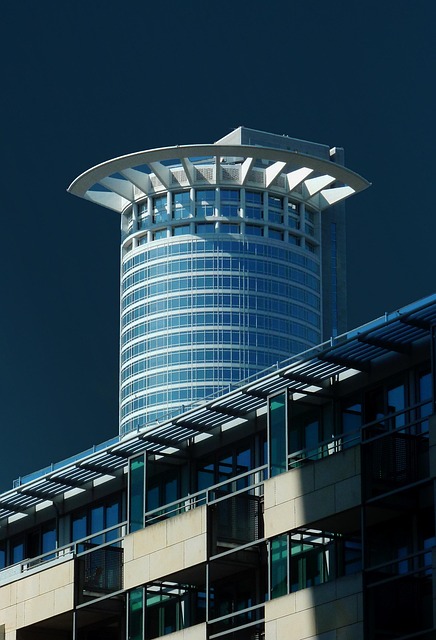In Karachi, understanding Garden East Proximity is crucial for navigating the city's evolving landscape. This concept centers on the accessibility and connectivity of areas near the iconic Garden East, a vibrant green space that offers a respite from urban life. Properties with direct visibility or easy access to the garden appeal to those seeking balance between city buzz and nature's tranquility, fostering a diverse community engaged in outdoor activities. Green spaces in Karachi enhance well-being, promote community bonding, and address environmental challenges, making them vital community hubs across the metropolis. Through successful initiatives like the "Green Corridor" and community gardens, Karachi integrates greenery into diverse settings, revitalizing urban spaces and enhancing residents' quality of life.
In Karachi, Pakistan’s vibrant metropolis, the concept of ‘Garden East Proximity’ is transforming urban living. This article explores how close proximity to green spaces like gardens enhances residents’ well-being and community engagement. We delve into the integration of these natural oases within Karachi’s urban fabric, examining their role in mitigating the city’s fast-paced lifestyle. Through case studies and planning insights, we uncover the numerous benefits of living near gardens and their potential to revolutionize urban design in Karachi.
- Understanding Garden East Proximity in Karachi's Urban Fabric
- The Role of Green Spaces in Karachi's Fast-Paced Lifestyle
- Benefits of Living Near Gardens for Local Communities
- Case Studies: Successful Examples of Garden Integration in Karachi
- Planning and Design Considerations for Enhancing Garden East Proximity
Understanding Garden East Proximity in Karachi's Urban Fabric
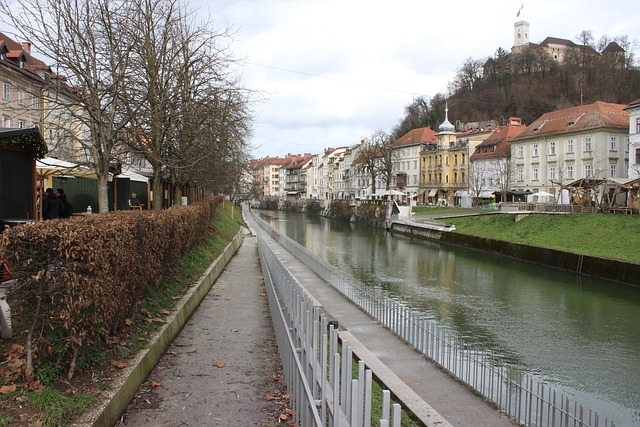
In the urban landscape of Karachi, understanding Garden East Proximity is essential for comprehending the city’s evolving fabric. This concept refers to the accessibility and connectivity of a particular area within the metropolis, specifically highlighting its nearness to the iconic Garden East—a vibrant green space that serves as a respite from the bustling city life. In terms of real estate and urban planning, proximity to such amenities significantly influences property values and lifestyle choices for residents.
Karachi’s urban fabric is a labyrinthine network of neighborhoods, each with its unique character. Garden East Proximity offers an opportunity to explore how these areas are intertwined, creating a symphony of community interactions. For instance, properties with direct visibility or easy access to the garden offer a tranquil lifestyle, appealing to folks seeking a balance between city life and nature’s serenity. This unique selling point is a game-changer for real estate in the region, fostering a vibrant yet peaceful environment that resonates with various demographics.
The Role of Green Spaces in Karachi's Fast-Paced Lifestyle

In the fast-paced lifestyle of Karachi, green spaces serve as oases that provide respite from the urban hustle and bustle. As a bustling metropolis, Karachi often conjures images of concrete jungles, where skyscrapers and crowded streets dominate the landscape. However, the presence of parks, gardens, and open areas plays a vital role in enhancing the quality of life for its residents. These green spaces offer more than just aesthetic appeal; they contribute to mental and physical well-being, providing a breath of fresh air in an otherwise concrete environment.
The incorporation of nature into Karachi’s urban fabric offers numerous benefits. It encourages residents to connect with their surroundings, fostering a sense of community and promoting outdoor activities. Green spaces also play a crucial role in mitigating the environmental impact of rapid urbanization, offering solutions to issues like heat islands and air pollution. With limited open areas, Karachiites can find solace in these natural sanctuaries, where they can relax, recreate, and rejuvenate amidst the city’s fast-paced rhythm.
Benefits of Living Near Gardens for Local Communities
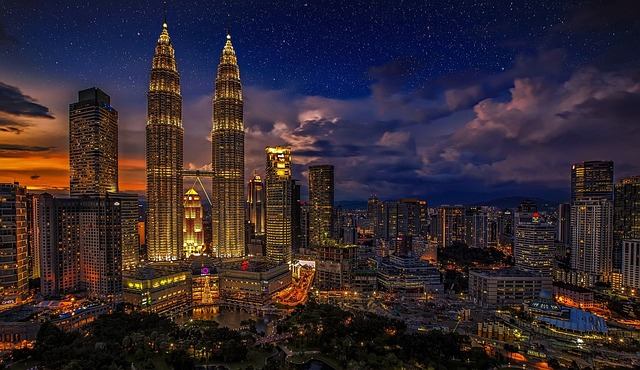
Living near gardens offers a plethora of benefits for local communities in Karachi, Pakistan’s vibrant metropolis. These green spaces serve as oases amidst the urban hustle and bustle, providing residents with opportunities to connect with nature. The close proximity to gardens fosters a sense of community as folks gather for leisure activities, promoting social interactions and bonding.
Moreover, these natural settings contribute to the overall well-being of residents by offering fresh air and serene environments. Research suggests that exposure to green spaces can reduce stress levels, improve mental health, and enhance physical fitness. In Karachi’s diverse neighborhoods, gardens serve as community hubs where people of all ages can engage in outdoor activities, fostering a healthier and happier lifestyle.
Case Studies: Successful Examples of Garden Integration in Karachi
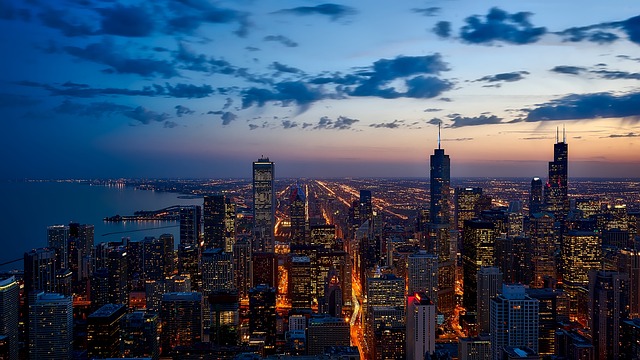
In Karachi, the integration of gardens into urban spaces has been a game-changer, offering a respite from the bustling metropolis. Case studies highlight successful examples where green initiatives have transformed neighborhoods. One notable instance is the development of the “Green Corridor” along the city’s main thoroughfares, which features wide boulevards lined with diverse plant species, creating a harmonious blend of nature and urban life. This project not only enhances aesthetics but also provides residents with recreational areas, improving overall quality of life.
Another successful example is the “Community Garden” initiative in low-income areas, where local organizations partner with city authorities to create shared green spaces. These gardens serve as community hubs, fostering social interaction and promoting environmental awareness among residents. The integration of greenery in such diverse settings showcases how Karachi’s urban landscape can embrace nature while addressing socio-environmental challenges, setting a precedent for sustainable development across the city.
Planning and Design Considerations for Enhancing Garden East Proximity
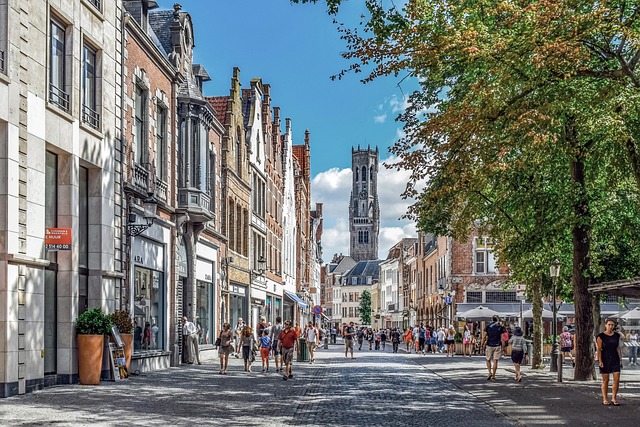
In the vibrant city of Karachi, where urban landscapes and green spaces coexist, enhancing Garden East proximity offers a unique opportunity to blend nature with metropolitan living. Planning for this harmonious integration begins with a comprehensive design strategy that considers both functional and aesthetic aspects. The first step involves understanding the existing topography and ecosystem of the area, which dictates the layout of pathways, seating areas, and planting choices. Incorporating native flora not only promotes biodiversity but also reduces maintenance costs, making it a sustainable choice for city dwellers.
Designers should also pay close attention to the flow of people, ensuring easy accessibility and navigation throughout the garden. Well-planned intersections, rest stops, and scenic viewpoints along pathways encourage visitors to explore every corner, enhancing the overall experience. Additionally, incorporating modern amenities like child-friendly play areas, open-air exercise equipment, and community gardens can attract a diverse range of users, fostering a sense of belonging and community within the Garden East proximity.
In conclusion, integrating Garden East proximity into Karachi’s urban landscape offers a multitude of benefits, from enhancing green spaces to improving quality of life. As seen through successful case studies and planning considerations, strategically designing residential areas near gardens can foster vibrant local communities. By understanding the role of green spaces in the fast-paced Karachi lifestyle, we can create sustainable and harmonious environments that enrich the urban fabric for all residents.
